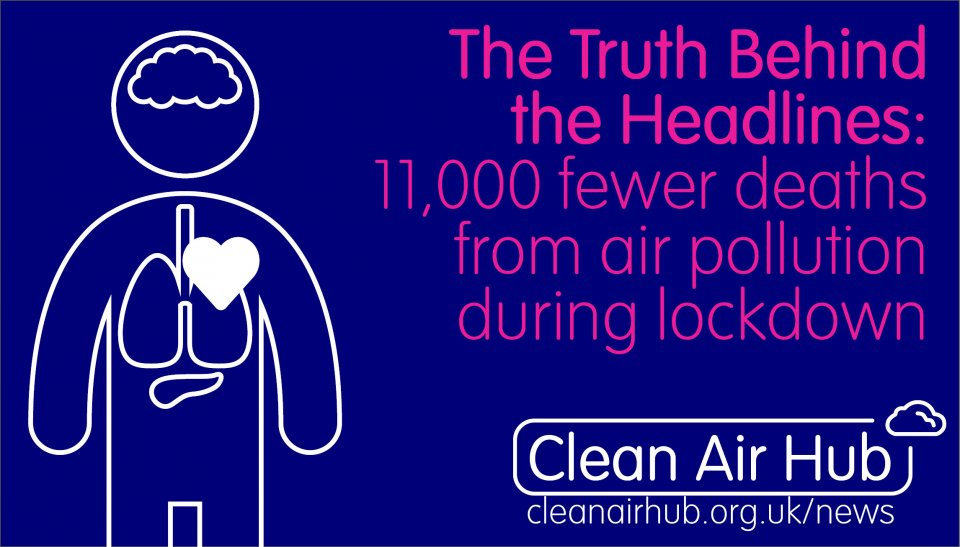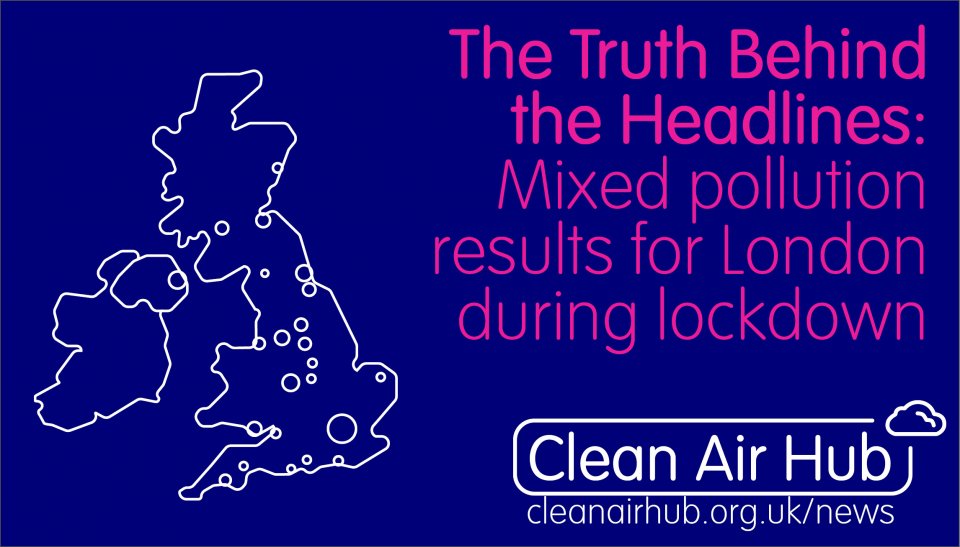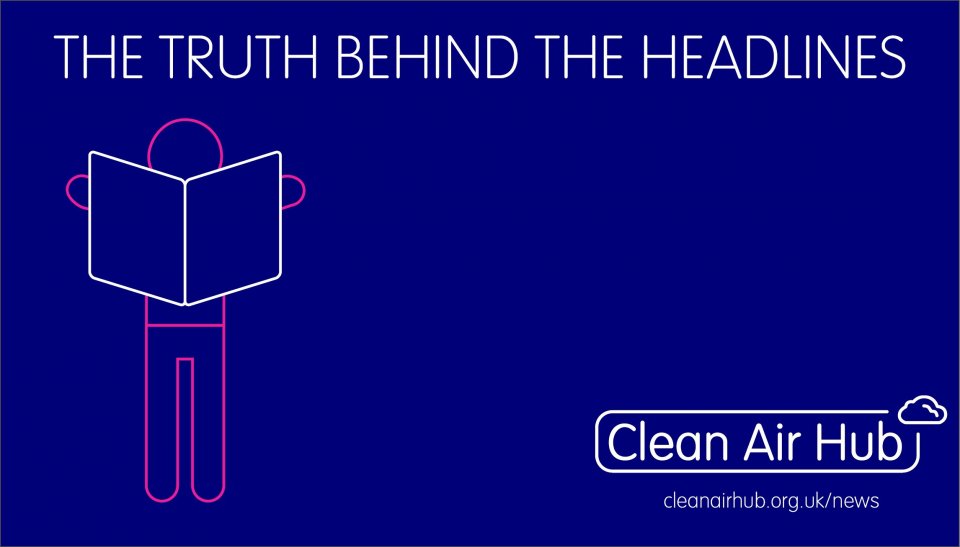News & Stories
Lots of stories are being written about air pollution, and lots of claims are being made about how it affects you and how you can protect yourself. But how do you know what stories to trust? We've put together 5 tips for what to look out for when you read stories about air pollution.

1. Does the article refer to a report to back up its claims?
Can you see a link to the actual report – if so, is it just a one-off study or does it sound as though it’s part of a bigger review?
2. Who is behind the study it refers to?
Have you heard of the people or organisation quoted, does the research reference an academic organisation you have heard off – or could it just be a PR stunt? Check that the links look right and there aren’t little errors that reveal it to be untrustworthy.
3. How fantastical and radical is the claim that is being made?
You may want to delve deeper into the study if it sounds unlikely or inconsistent with what is generally thought about the subject, check that the information hasn’t been taken out of context and that you have the whole story. Is anybody else reporting about this?
4. What geographical region does the claim refer to?
It may be that the fact that it took place in another country makes it less relevant if we don’t live our lives in the same way.
5. What is the sample size of the study?
Big claims are often made when in fact the research has only been conducted amongst a small number of people. Images can be misleading too, you can do a reverse image check of the image on Google.
Some useful reference points for ways to fact check Covid-19 related information:
- Fullfact: https://fullfact.org/health/how-to-fact-check-coronavirus/
- Poynter: https://www.poynter.org/ifcn-covid-19-misinformation/
- For experts' reactions to the drop in air pollution as a result of Covid-19 see here: https://www.sciencemediacentre.org/tag/covid-19/
Want to talk to us about any of our projects? Please get in touch with us here.






